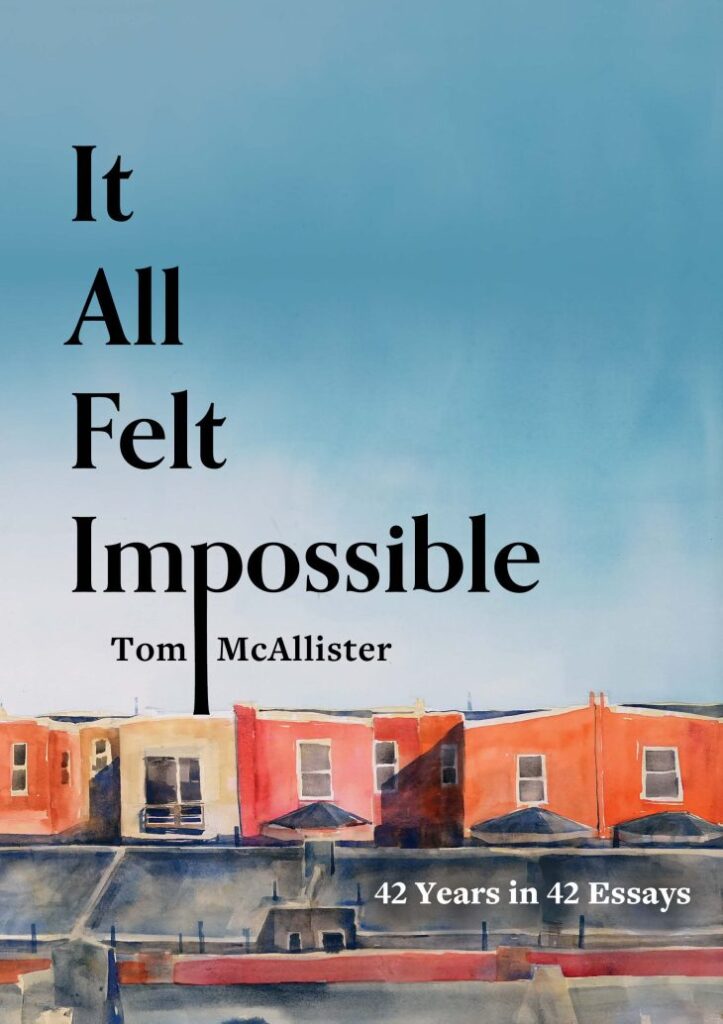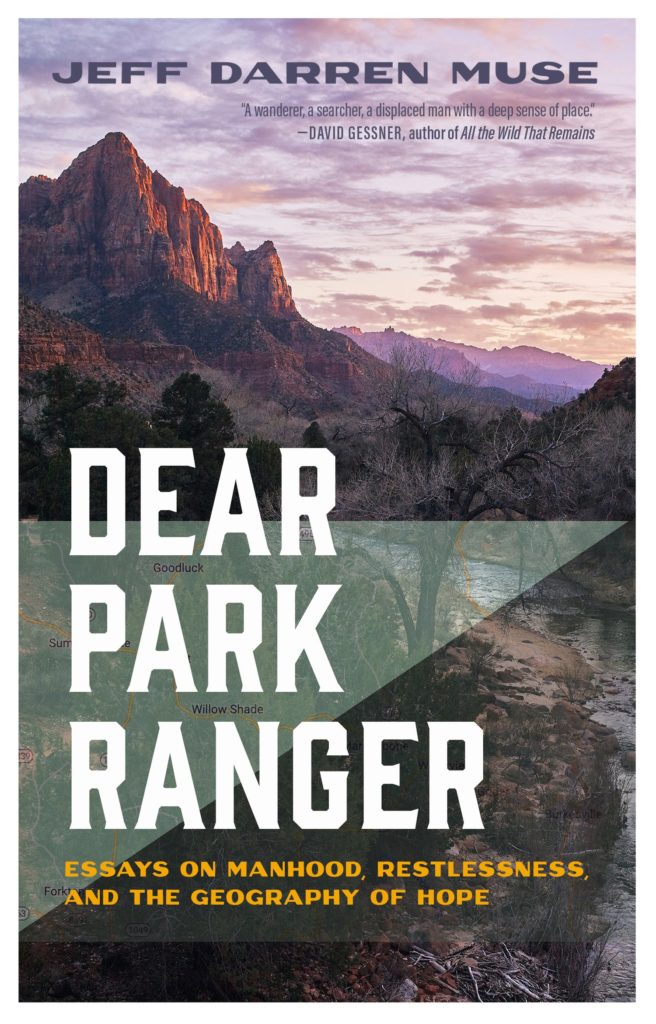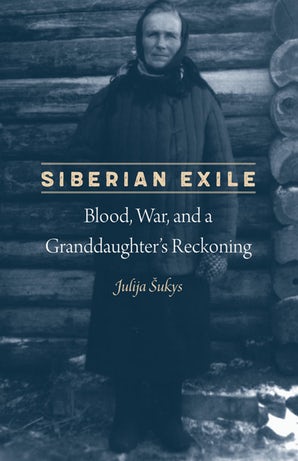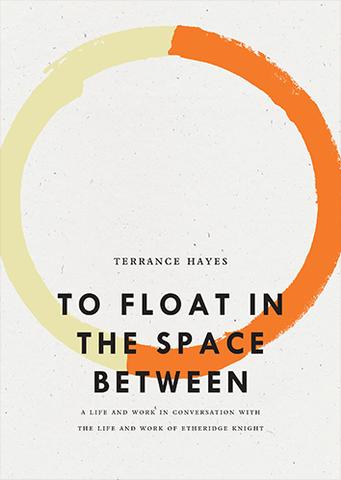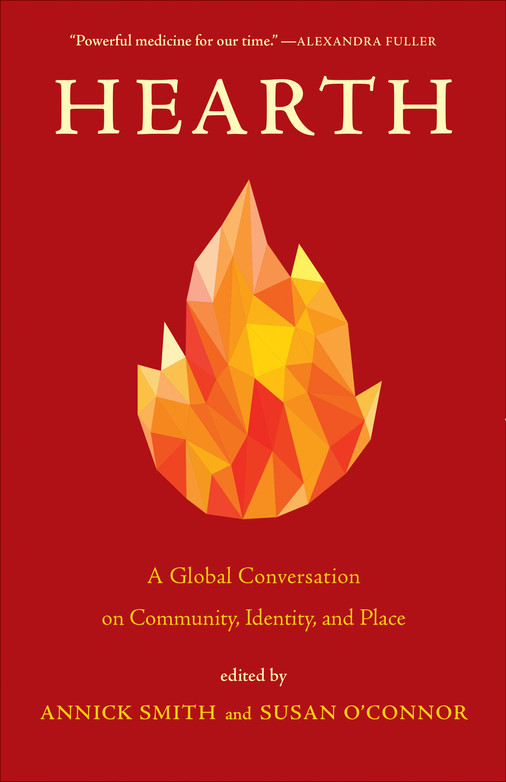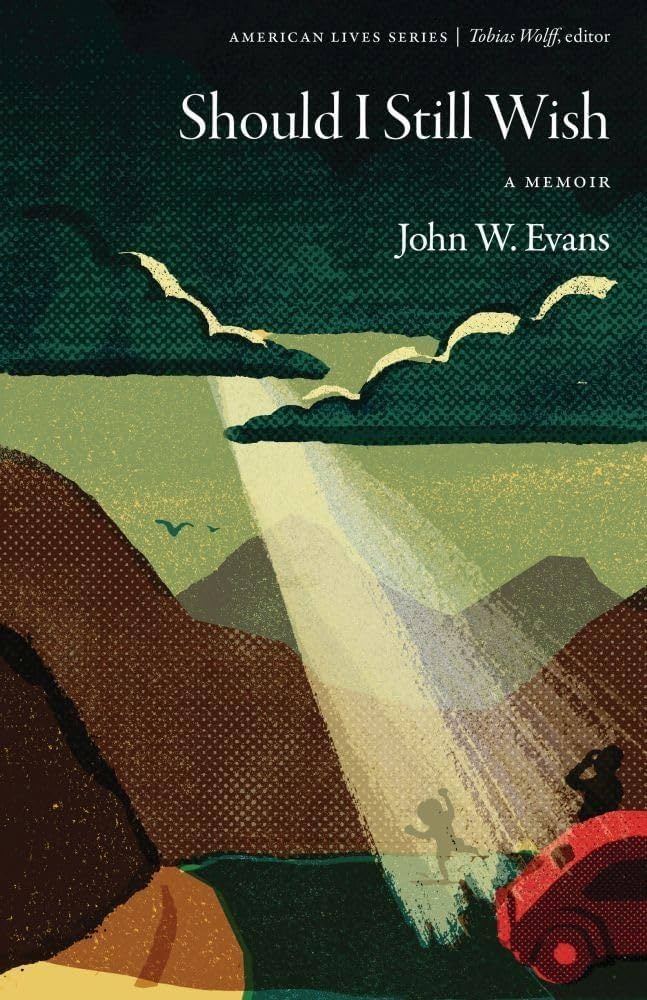By Thomas Larson
Mass: A Sniper, A Father, and a Priest by Jo Scott-Coe
A dialogue review by Renée E. D’Aoust and Thomas Larson
Note: D’Aoust and Larson reflect on the structure, style, and meaning of Scott-Coe’s research-based prose meditation on the mass murderer Charles Whitman. The ex-Marine sniper killed his mother and wife as well as more than a dozen people from the University of Texas Tower in Austin on August 1, 1966. But there’s a companion story—that of an alcoholic Catholic priest whose friendship with the killer (he married Whitman and his wife) is also core to the tale. The priesthood creates a secretive brotherhood that hides male violence, especially against women, from public scrutiny, while it sanctions the same in the patriarchy.
TL: First, I’d like to orient our readers with a little bit about Scott-Coe. She is the author of Teacher at Point Blank and the essay “Listening to Kathy,” has taught at Riverside Community College for many years, and advises the literary annual, Muse. I have much to say about Mass, which is provocative and challenging because of its unusual style and its inescapable implications about the Catholic church whose all-male hierarchy continues to hide deviant laity and sexual crimes within its ranks.
Mass is divided into three parts: the short first part is a general outline of the dutiful yet recondite life of Father Leduc, a sort of everyman priest; the short third part follows Whitman, an altar boy and lifelong friend of Leduc’s, through the terror of his childhood and adolescence with a violently abusive father. The long middle section is a gripping research narrative in which Scott-Coe traces what she can of Father Leduc whose penchant for drink and carousing has been protected by Church confidentiality. The result is Scott-Coe is even more intrigued by this “problem priest.” Throughout, she wonders what the relationship between Leduc and Whitman is and how it amounts to a condoning of male violence.
I was struck that while Scott-Coe could have foregrounded Whitman’s crime (though she does cover it), she chose to counter the typical true-crime metanarrative of rising action, conflict, and climax—and, instead, study the priest’s anonymity and shadowy influence on Whitman. I saw it as Scott-Coe’s way of posing troubling questions about how male-group alcoholism, male complicity in violence, military organizations, as well as abuse in religious and family contexts remain unexamined and ignored by the Church.
What thoughts do you have about the structural argument of the book?
RD: I immediately understood the trinity represented in the organization of Mass, but it took me longer to understand that secrets are also brought out of the shadows through the book’s structure. Perhaps that is why I found part one creepy, part two fascinating, and part three disturbing. Scott-Coe resists linearity and easy resolution; instead, we have a three-part spiral where the sections overlap and haunt us.
I love that you point out how Scott-Coe’s centers “the priest’s anonymity and shadowy influence on Whitman.” She reaches deeply into what is hidden in the Church, arguing in part that the shadows the priest carries affect the health of the parishioners. The priest is both the individual and the organization. (In her previous book Teacher at Point Blank, which I highly recommend, Scott-Coe also explores how secrets lead to violence. It, too, has a nuanced narrative structure.)
Is there a manner in which the three-part structure enacts ritual, and in doing so, helps us think about how ritual relates to mass shootings? How the USA enacts mass shootings has become ritualistic, and the lyrical writing serves as a foil to that violence. There is thoughtful, insightful analysis, and the writing itself is very beautiful. It’s also fascinating that generic terms in part one and part three, for example, “the priest,” “the man,” “the father,” and “the boy,” provide narrative distance. Here’s an example from part one: “The trauma of the priest, unlike the trauma of the man who committed the crimes and the trauma of those who suffered them, was never quite clear, and its consequences did not become visible until afterwards.” Here’s an example from part three:
The bodies of the boy’s mother and his wife were not discovered until after the shooting stopped. Across the country, eleven hundred miles away, the father holed up in his house with the two other sons, and with a priest from the parish where his wife had been faithful until she moved away.
Do you think this atmospheric lyricism and narrative distance help soften a reader’s possible resistance to a difficult subject?
TL: Perhaps those things do soften resistance and make what is inherently distasteful less squeamish. More, I think, that Scott-Coe is creating a book out of an unknown—that is, Leduc’s buried or barely recorded life in the church. I know from my own work that when I don’t have enough material about a subject, I use or interrogate my perspective (voice, style, improvisation) as an added means to create interest.
I love the idea that using those generic terms—the man, the priest, the father, the boy, etc.—indict card-carrying members of the church, the military, the patriarchal family. We are meant to see these people in her book as individuals and representations (much as the media reduces everyone to a type). More insidious, we are meant to only partially notice the invisible guy wires of complicity staking these groups to the same tree. It’s quite a sleight-of-prose.
And, of course, ensnared are “the women.” Leduc marries Charles Whitman and Kathy in a “hasty wedding . . . a foreboding of the horrible ending. Kathy had been treated as a sacramental solution for deep-seated trouble she neither could have anticipated nor ‘cured.’” This is especially creepy, that the priest (Whitman was his altar boy) joins the violent Whitman clan to a non-Catholic bride who has no idea of their violence. There is an insistence throughout the book of dominance: this is how you’ll marry, this is what you’ll know, these are the institutions that will protect you and which will control you, especially your guilt and shame in the marriage, even unto your death.
Many people who know of the Austin shooting may not recall that the marksman Whitman killed both his wife and his mother before he ascended the Tower and began shooting people. Scott-Coe points out the unthinkably obvious: that Whitman killed them to spare their suffering—his wife from his brutality and his mother from her husband’s brutality (both women were beaten). The author writes that Whitman “ordained himself high priest over life and death itself.”
And isn’t that the Church’s ploy: To ordain or appoint itself the arbiter of how personal suffering, even at the hands of the church itself, will be handled, which includes trapping it in the confessional or ignoring it outright. I’m thinking of this as the priest abuse horror rears its head again in America and travels up the chain of command from the bishops and cardinals to the Pope. This book shows us just how nefarious and underground the connection is—requiring exposure and justice.
RD: I want to return to the idea you explore about “an insistence throughout the book of dominance” and of how the hidden details of Leduc’s life, his service to the Catholic Church and in turn his relationship with Whitman, seems to shield archival materials about Leduc from access. Leduc and Whitman, as you suggest, control others, and their control wipes out the story of trauma. I mean, more clearly, that when Scott-Coe begins her research, she has to dig deeply, which is part of any research process. But even more unsettling, the priest seems unknowable, even as his connections to Whitman are knowable. It’s also completely believable that Leduc’s record of faith may be obscured, or veiled, by a Church that has hardly been transparent about its failures.
By the time Scott-Coe begins the book project, with all the research it requires, Whitman’s gunshots have all but obliterated the connection between the altar boy and the priest, making birdshot of a linear narrative. She writes:
From a storytelling point of view, the disproportion was striking: other people emphasized Leduc as a crucial figure in Whitman’s life; Leduc himself references names (and approximate ages) of Whitman’s brothers and also identifies friends as well as two other priests (now deceased) connected to Whitman, suggesting more knowledge and contact than the average busy clergyman. The FBI expended resources and time to locate Leduc—in Alaska—and interview him.
This is all information about the priest. What was the dominance—or power imbalance—between Leduc, the priest, and Whitman, his former altar boy? Importantly, Scott-Coe notes, “in the materials written in Whitman’s own hand, the priest seems barely visible.” Who was a friend to whom, and why do I find this note so chilling? It is because of the danger I read in both priest and shooter. Each man is a part of the shadows of the Catholic Church.
These shadows make me ache, which is an understatement. When the faithful have tried to investigate institutional secrets, and/or tried to report their trauma, we’ve seen the Catholic Church brush aside questions, complaints, and accusations. (As I write there are new sexual abuse cases being uncovered in the Netherlands and in Germany.) The official brush-off, but also the long history of cover-up, often causes the faithful to experience shame. A better demonstration is this example: during Scott-Coe’s research, there is a priest she tries to interview, who was a superior to Leduc, and the response comes laden with bland legalese. (She is trying to investigate “Leduc’s assignment record.”) Scott-Coe writes,
How is it that I was actually ashamed of asking? That seemed to be the key. I believe now that it wouldn’t have mattered what questions I asked, how I framed them, or in what order. Priests I interviewed had described their own depressing brush-offs in scenarios where they sought dialogue with superiors.
We’ve talked about the fascinating middle section of Mass; that section is, as you suggest earlier, a “gripping research narrative.” In large part, the willingness of Scott-Coe to share her emotional response during her research experiences layers the book with resonance and fills it with power.
TL: Indeed, the higher up the Church hierarchy we go, the more secrecy and denial there is. It is the same with the infallibility pyramid: the cardinals are almost entirely infallible while the Pope is wholly infallible. That’s why there’s only one at the top. Such is the patriarchal religions’ placing God and a savior as divinely unknowable, a great mystery no one can ever figure out. How exactly does anyone regard all this without cynicism or, at least, a critical eye?
Here’s another fascinating implication of Scott-Coe’s book. The idea has to do with Christians putting the crucifixion at the center of their religious identity, the God-ordained moral assertion that for human pain to be explained and assuaged and to demonstrate his “love,” God sent his son to earth so that we would sacrifice him and use his death as penance for our sins. Justifying this narrative has been called “sacred murder,” the sacralizing of violence or, in Scott-Coe’s phrase, “making violence holy.” One consequence of sacred murder is to make Christianity into a death cult, one that places an image of torture at the center of its worship ritual. Thus, for artists to depict Christ’s suffering in its monumental gruesomeness remains an endless pageant of the religion’s representation (see Mel Gibson’s movie, The Passion of the Christ).
This idea has been appropriated in the way we regard mass killings: children are sacrificial victims of school shootings just as Austin residents were sacrificial victims of Whitman’s bullets in 1966—in part because Americans’ “gun rights” are guaranteed sacred by the Constitution. In a sick way, shooting victims are sacrificial because this template is at the heart of enacting the Christian religion. The truly innocent, Christ included, must die. Whitman desired to spare random, innocent people from the violence of the likes of him, Charles Whitman. And, get this: He, too, is a victim of violence, in his case the Church’s, the military’s, and his father’s.
As we’ve said, the other sacrificial victims are women, Whitman’s mother and wife, whom he killed and who needed to be killed first—crucified—to make his further violence holy, not that much different than a Muslim terrorist who suicides and kills the innocent as a means to martyrdom. Murder is bad enough without making it sacred.
I see no other way to read the big meaning of Scott-Coe’s book than as a morality tale about Catholic/Christian institutional violence, which is replicated by male brotherhoods throughout American society. I realize the hugeness of this claim; it may sound as if I’m indicting all Christians and all gun-owning Americans. But I think individual faith and individual actions are not at issue. What is at issue is the horrific consequences of not exposing the obvious links between Christianity, nationalism, and violence.
Your thoughts.
RD: I think what you write is profound—and accurate. I don’t read that you are indicting, as you write, “all Christians and all gun-owning Americans,” and I agree, as you also write, that “individual faith and individual actions are not at issue.” To clarify, though, while individual faith is not at issue, the individual act of killing is at issue. I agree that these mass shootings reenact ritual torture and a broader culture of violence. The issue, too, is that our denial is such that we refuse to expose obvious links; I think this is now breaking down. People need to read books like Mass to see these deep connections. Those links are so embedded in our culture that we look away; however, we are also conditioned to think of this level of violence as normal. Now the aftermath is ritualized, too.
Last year I was in a grocery store in the U.S. in an open-carry state and a man seemed to be shadowing me. It turned out he, a white guy, was waiting for his wife, but he had a handgun on his belt and wore a Confederate flag on his blue-jean jacket and dark shaded glasses. I couldn’t see his eyes, but I could see his handgun. I left my basket of groceries in an aisle and left the store.
How do we unpack denial? Denial is a key part of the North American insistence on positivity and a perverse insistence on my individual right as greater than the public right to safety. There has been so much pain, and the domestic terrorism is so clear, that I think we are now unpacking it. It is time for the legislators to catch up.
As we finish this conversation, I want to list recent mass shootings from October 27 to November 7, 2018: the Tree of Life synagogue in Pittsburgh with eleven people killed and seven injured; two African-Americans shot in a hate crime in a Kentucky Kroger by a man who tried to enter an African-American church first; two dead and five injured at a Tallahassee, Florida yoga studio; and the mass shooting at bar in Thousand Oaks, California (12 killed, including one young man who had survived the Las Vegas mass shooting in 2017, plus 10-12 injured). In 2018 so far, according to the Gun Violence Archive, there have been 12,618 deaths from gun violence in the U.S.A.
Part of our reason to have this conversation about Jo Scott-Coe’s Mass, in addition to discussing an incredible book, is to build conversations around these issues, to figure out how to talk about horrific acts.
Pelekinesis Press
$22.95 Paperback | Buy Now!
Journalist, book/music critic, and memoirist Thomas Larson is the author of Spirituality and the Writer: A Personal Inquiry, coming April, 2019, from Swallow Press. He has also written The Sanctuary of Illness: A Memoir of Heart Disease (Hudson Whitman), The Saddest Music Ever Written: The Story of Samuel Barber’s ‘Adagio for Strings’ (Pegasus Press), and The Memoir and the Memoirist: Reading and Writing Personal Narrative (Swallow Press). He is a twenty-year staff writer for the San Diego Reader, a six-year book review editor for River Teeth, and a former music critic for the Santa Fe New Mexican.
Writer and teacher Renée E. D’Aoust is the author of Body of a Dancer (Etruscan Press). D’Aoust has received grants from Idaho Commission on the Arts and the Puffin Foundation, three Pushcart Prize nominations, and seven “Notable” listings in Best American Essays. D’Aoust was a scholar at the National Endowment for the Humanities 2017 Summer Institute at the University of Washington, “City/Nature: Urban Environmental Humanities.” Recent anthology publications include Flash Nonfiction Funny (Woodhall Press) andRooted: The Best New Arboreal Nonfiction (Outpost 19). D’Aoust volunteers as an AWP Writer-to-Writer mentor, and she teaches online at Casper College and North Idaho College. Follow her @idahobuzzy where she tweets about writing and her tube of fur Tootsie.


